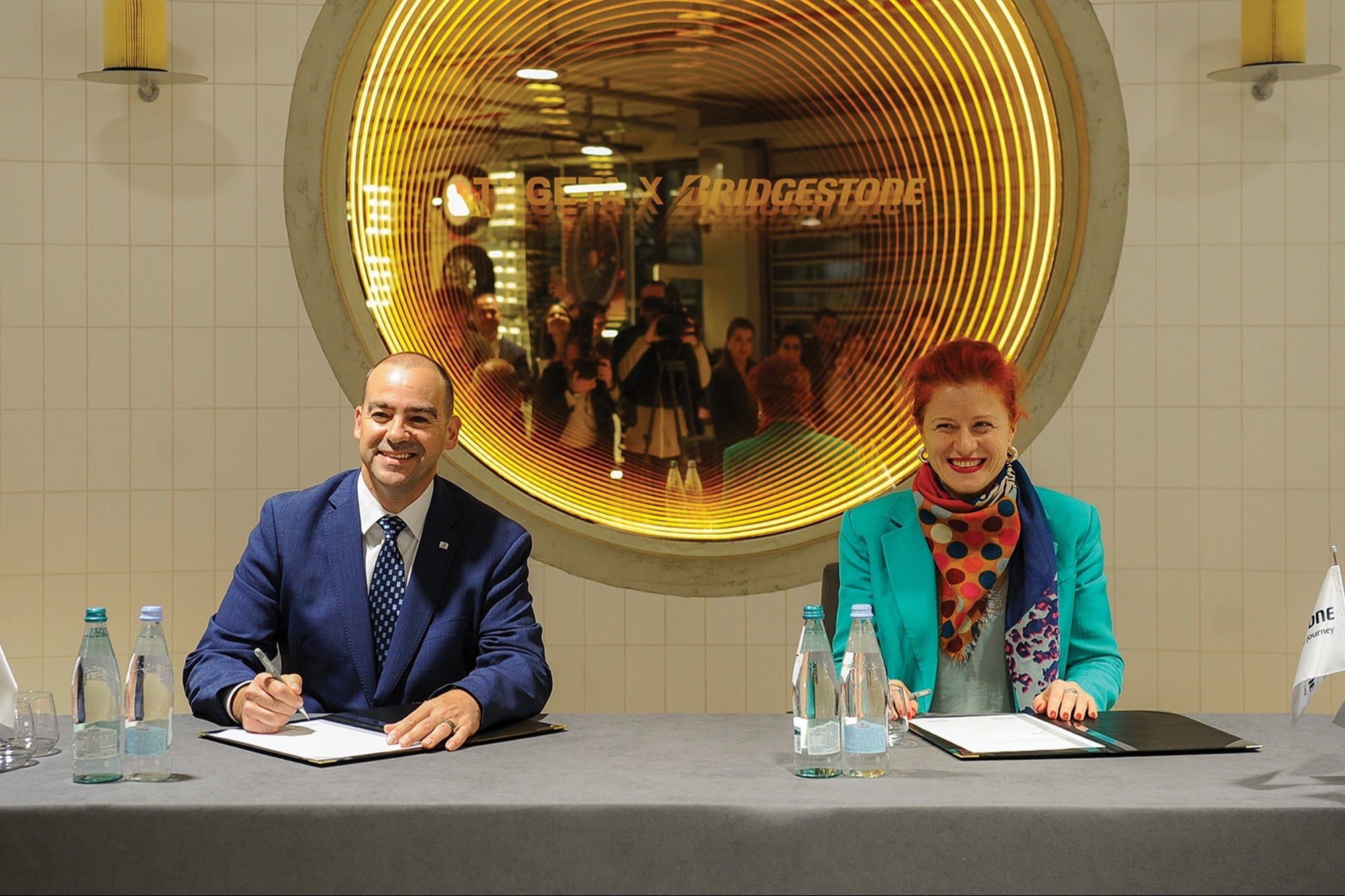Human-Centric Design Thinking: Through an ArtVersion Design Agency Perspective
You're reading Entrepreneur Georgia, an international franchise of Entrepreneur Media.
Design thinking has long been a core part of the UI/UX design industry, as it places the user in the center of focus. Through this solving problem approach, many designers, developers, and strategists have centered their design systems around human-centricity to evoke a higher sense of user-brand trust, within their innovative directions. When thinking like your users, brands can simplify complexities, guide them to their end result, and provide an enhanced experience, many facets of human-centric design thinking can propel consumer-brand trust and a noteworthy user experience.
Simplifying Complexities
Immersing a design process with rich strategies that emphasize the user base that will interact most with a digital product is at the core, of what human-centric design thinking is after. The layers of design thinking orbit around the user through processes of empathizing with the end user, defining objectives, ideating ideas, prototyping mockups, and testing for usability. Although this process is continuously completed to streamline the design process, it leans more toward ensuring the result will satisfy the overall user experience.
ArtVersion—an expert digital design agency has long trumpeted the benefits of human-centric design thinking and continuously implements these strategies into its own design processes and methodologies. A digital product can be further elevated through an empathetic lens—a component of human-centricity.
The team states, "It is empathy and understanding that helps UX designers streamline the creation process to arrive at the final product. With empathy, you place yourself in the mindset of a user to problem solve by ideating, prototyping, testing, and then finally implementing. When a design goes beyond aesthetics and instead places an emphasis on usability, accessibility, and ease of use, a design becomes propelled on the path toward a successful digital product."
How then, can brands and designers learn about their users to tap into the minds of their users? It all begins by understanding your audience.
Getting to Know Your Audience
To fully grasp the user-centric mindset and uncover your real people's perspectives, brands need to flesh out their audiences the best that they can. By contextualizing your user base, determining their preferences and interests can create a robust experience that will reflect brand reliability, trust, and memorability. To begin a contextual framework, your team needs to evaluate several layers of the complexity of your audiences: demographics, the context of use, user-system interactions, and more. User personas are a great asset to dissect your audience, and simultaneously, for brands to freshen up their understandings of their users. User personas offer hypothetical scenarios and character traits of users that are realistic, and plausible reasoning as to why they may seek out a particular brand. Personas are backed by real data, and a great way to begin personas is by studying a brand's target audience and creating personas based on this research.
To truly uncover detailed insights, designers, and developers can sit down with stakeholders, clients, or brands, and ask questions about who their audience base is, and their user-behavior patterns. Branding and target audience questionaries are also alternative ways to gain more perspective and can be distributed across different team members to even further information gathering.
"Persona development can help the product team decide how to plan, develop, launch, and manage the product or service by looking at the user personas. Finding the behavioral pattern behind the consumers hones in on ways to market to them effectively and ensures people feel as if they align with a brand's message," states ArtVersion.
A cohesive understanding of whom you are designing and developing an end-product for, ultimately can be streamlined when everyone involved has the same understanding of your audience.
Approachability Makes Your Brand Relatable
By paying true attention to a specific target audience, many parts of human-centric design fall into place. Human-centric design is all about paying attention to what your users want, and often, this includes paying attention to design and marketing trends. A user preference that is highly valued in our modern society, especially so due to the over-digitalization of the eCommerce world, people want to rely on brands that are approachable, reliable, trustworthy, and transparent. According to a study, performed in 2022, 94% of users claimed they would stay loyal to a brand if they were transparent, and 75% of the same group stated they would pay more if they believed a brand was genuine.
The authenticity of a brand is crucial to human-centric design thinking because it once again spotlights the idea that users and consumers are priorities. People want to know that their money, trust, and time are valued, and if a brand is dedicated to showing this, it can drive conversions and expand brand reach.
To uphold design thinking that is authentic, it begins with both messaging and consistency. Messaging of your digital product should reflect how a brand "behaves" or demonstrates that they are putting their words into action. If your messaging reflects a promise to users but under-delivers, users will be disillusioned and will seek out a competitor. Thus, when curating your messaging, you want it to attain a tone of casual professionalism to evoke a sense of humanity while remaining professional to highlight credibility and care. Catering to emotions and relatability is another way to deliver human-centric design and this can be through testimonials and user stories that are done in a unique way. Connecting through stories is a highly valuable way to demonstrate to your users that people are continuously trusting your brand.
The ArtVersion team states, "Transparency is important because a part of promoting consistency begins internally when everyone working in the same company knows exactly what their brand purpose is, and how to appropriately portray it to their users."
Consistency should also not be overlooked. Trust can often come in the form of how a brand presents itself visually. An organized UI kit and design system language that is cohesive across all teams, marketing sectors, platforms, and more, build a level of trust. It demonstrates to your users that your brand is organized and delivers the same level of professionalism every time a user interacts with a brand. Human-centric design is all about solidifying users' trust, and cohesion is another layer to it.
Design thinking and human-centric strategies can truly freshen up your established brand or ignite a start-up down a stable trajectory. When brands put their audience first, all else can fall into place










